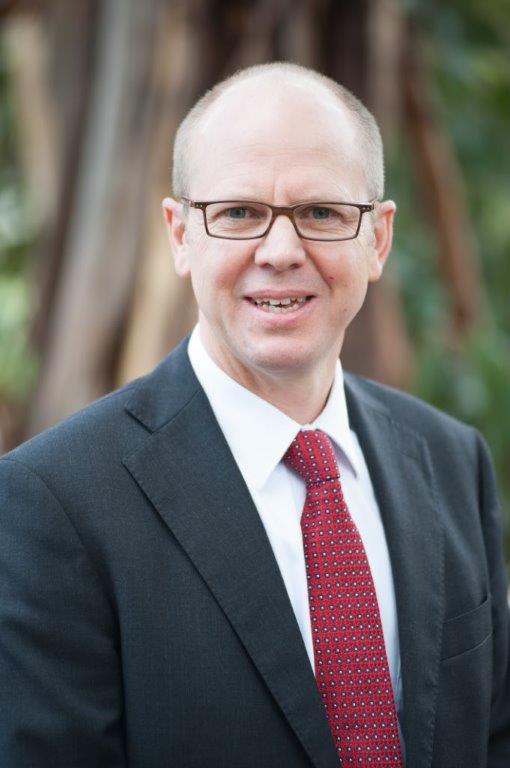
Ross Hampton
Anyone who works or walks in Tasmanian bush knows there are two certainties: it will grow and some will burn in bushfires said Ross Hampton chief executive of the Australian Forest Products Association in an article for The Mercury. Source: The Mercury
Biomass power uses this renewable growth and, potentially, also has a part to play in making communities safer by thinning out the heavy undergrowth near towns and strategic assets.
Tasmanians understand the forest environment more than most in Australia. This is a state that is equipped to have a mature conversation about the use of biomass as a renewable energy source.
There are few who argue with any conviction that the residues from forestry operations, such as the limbs removed during silviculture in plantations, or offcuts from sawmilling operations are not a renewable energy source.
By their very nature they are, of course, renewable.
Most also agree there is an enormous amount of fibre potentially available, even if we are only talking about the residues already being created in forestry operations and left on the forest floor or mulched for gardens.
It is a timely coincidence that we are debating biomass just when Hobart council has decided green waste bins are a must.
Research told the council that 14% of household rubbish is garden clippings and small branches. Anyone who has had to remove a few dead shrubs will know how much biomaterial is produced in just one small garden.
Trees of course operate in the same way. The forest estate is growing all the time. In the period it takes to read this column and have a cup of coffee, something like another five houses worth of timber will have been added to the multi-use forests and plantations of Tasmania.
Biomass is a constantly renewable energy source, as long as the forests from which it comes are replanted and regenerated after harvest. This of course is not just the practice in Australia and Tasmania. It is the law.
As we enter another summer bushfire season, there is another reason authorities in Australia are pondering the place of biomass.
Every winter our fire authorities burn vast areas trying to reduce the fuel load before it dries and becomes kindling ready to feed a fire. Trials are now under way in several parts of Australia to examine how we can combine some machinery removal of fuel with burning off in strategic or key zones to reduce the intensity of fires.
It is a proven approach supported by many environmental groups in the US where the Obama administration is seven years into a 10-year $400 million Forest Landscape Restoration Program.
The Forest Industry Advisory Council, set up by the Federal Government, has called for a similar $300 million, 10-year program.
AFPA has produced a policy document suggesting that “safety rings” of much more open bush be created by thinning, by machinery, around regional communities and assets, such as power plants or water bodies.
The smoke from burning off is often very problematic in these places and even “cold” fires can run out of control. This approach is supported by the recently released Ferguson report into the devastating West Australian bushfires which obliterated the historic town of Yarloop with the tragic loss of two lives and 100 homes.
That review says biomass reduction is critical to reduce future fires.
Tasmanians who remain uncertain about bioenergy should be reassured that the countries often held up as the greenest in their climate change policies, such as Denmark, Finland and Sweden, all proudly point to a very high percentage of biomass in their energy mix.
Bioenergy contributes up to 15% of Denmark’s power. In Australia the percentage is less than 1%.
The debate here should be about why we are such laggards when the world decided long ago renewable biomass is one of our best options to avoid dangerous climate change. Why then are we leaving this tool in the shed?
Biomass for power, done sustainably, has the potential to deliver real dividends for Tasmania in energy security, residues management and bushfire reduction. It is time to act.
Biomass discussion in Tasmania





